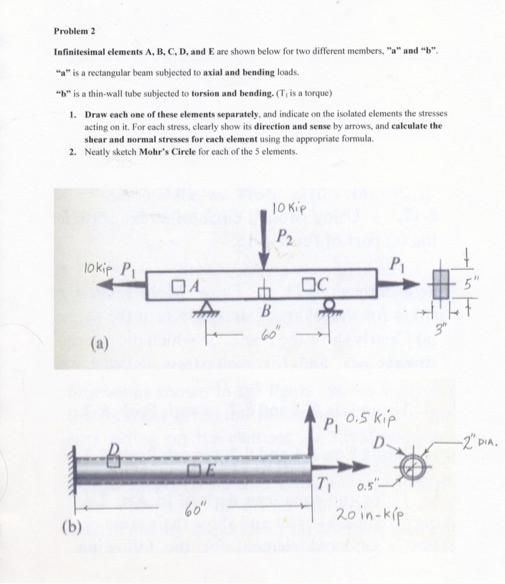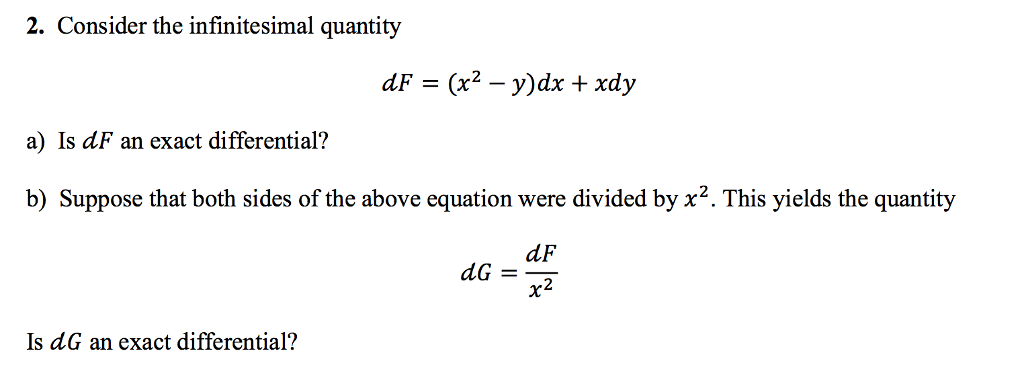
Nevertheless, it is still necessary to have command of it. Consequently, present-day students are not fully in command of this language. Nowadays, when teaching analysis, it is not very popular to talk about infinitesimal quantities. Following this, mathematicians developed surreal numbers, a related formalization of infinite and infinitesimal numbers that include both hyperreal cardinal and ordinal numbers, which is the largest ordered field. Infinitesimals regained popularity in the 20th century with Abraham Robinson's development of nonstandard analysis and the hyperreal numbers, which, after centuries of controversy, showed that a formal treatment of infinitesimal calculus was possible. As calculus developed further, infinitesimals were replaced by limits, which can be calculated using the standard real numbers. This definition was not rigorously formalized. Infinitesimal numbers were introduced in the development of calculus, in which the derivative was first conceived as a ratio of two infinitesimal quantities. Infinitesimals do not exist in the standard real number system, but they do exist in other number systems, such as the surreal number system and the hyperreal number system, which can be thought of as the real numbers augmented with both infinitesimal and infinite quantities the augmentations are the reciprocals of one another. The word infinitesimal comes from a 17th-century Modern Latin coinage infinitesimus, which originally referred to the " infinity- th" item in a sequence. In mathematics, an infinitesimal number is a quantity that is closer to zero than any standard real number, but that is not zero. The publication is a vital source of information for historians, mathematicians, and researchers interested in infinitesimal calculus.Infinitesimals (ε) and infinities (ω) on the hyperreal number line (ε = 1/ω) The book reviews the infinitesimal methods in England and Low Countries and rectification of arcs. Topics include the link between differential and integral processes, concept of tangent, first investigations of the cycloid, and arithmetization of integration methods. The manuscript then examines infinitesimals and indivisibles in the early 17th century and further advances in France and Italy. Discussions focus on the growth of kinematics in the West, latitude of forms, influence of Aristotle, axiomatization of Greek mathematics, theory of proportion and means, method of exhaustion, discovery method of Archimedes, and curves, normals, tangents, and curvature. The publication first ponders on Greek mathematics, transition to Western Europe, and some center of gravity determinations in the later 16th century. The Origins of Infinitesimal Calculus focuses on the evolution, development, and applications of infinitesimal calculus. The publication is a vital source of information for historians, mathematicians, and researchers interested in infinitesimal calculus.





 0 kommentar(er)
0 kommentar(er)
